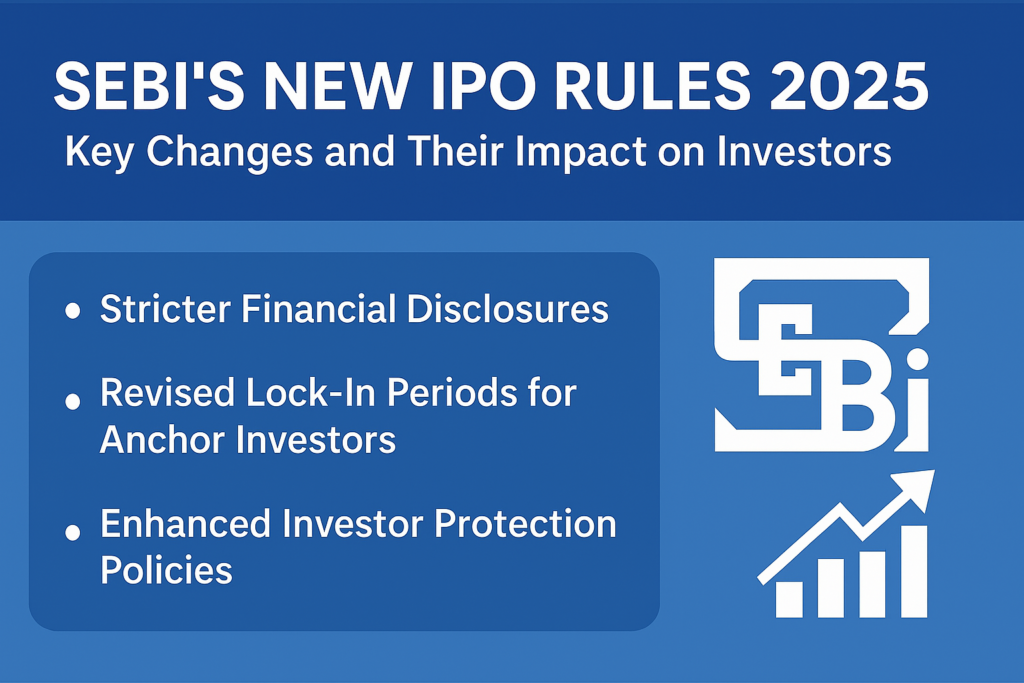SEBI’s New IPO Rules 2025: Key Changes and Their Impact on Investors
The Securities and Exchange Board of India (SEBI) has introduced new IPO regulations for 2025 to enhance transparency, investor protection, and market stability. These changes aim to reduce post-listing volatility, ensuring that companies going public adhere to stricter financial disclosure norms. One of the significant updates includes a revised lock-in period for anchor investors, preventing large sell-offs immediately after listing. Additionally, SEBI has mandated detailed fund utilization reports, requiring companies to justify how IPO proceeds will be used. These steps are expected to create a more structured and reliable IPO ecosystem for investors and businesses alike.
For retail and institutional investors, these reforms bring added security by minimizing risks associated with overvaluation and market manipulation. With stricter financial reporting and governance requirements, companies launching new IPOs in India must now provide comprehensive business performance data. This ensures better decision-making for investors and lowers the chances of misleading financial disclosures. Furthermore, SEBI’s move toward enhanced risk assessment guidelines will help investors evaluate a company’s financial health before investing.
From a corporate perspective, businesses seeking to go public in 2025 will need to navigate the updated IPO compliance framework effectively. While the new norms demand higher financial transparency, they also increase investor confidence, leading to more sustainable stock market growth. This blog will delve deeper into the latest SEBI IPO rule changes, their impact on the Indian stock market, and what they mean for investors and companies alike.



